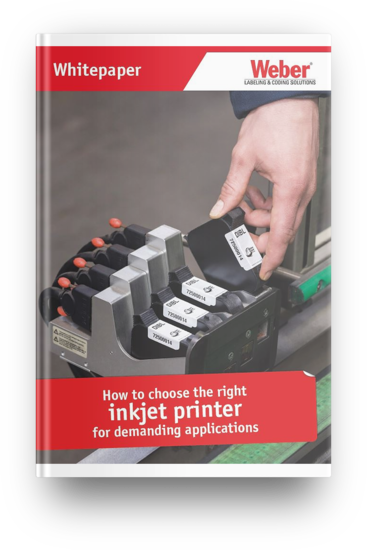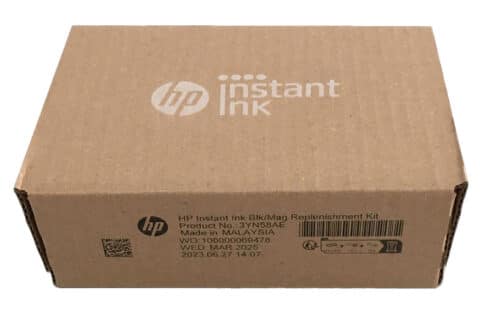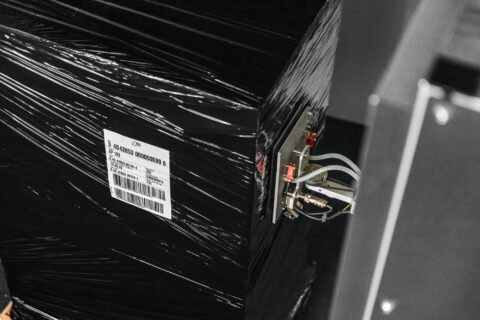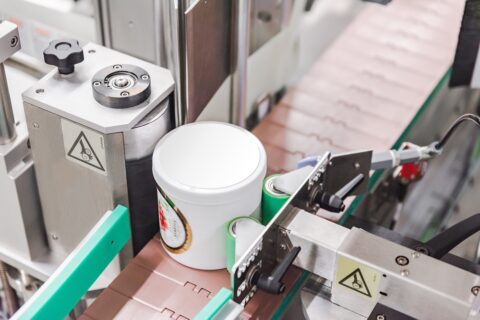Best before dates, ingredients, serialized data matrix codes … in the food and pharmaceutical industry, certain information must be applied to primary packaging. In this context, companies are confronted with legal regulations and special labeling requirements. To meet these, the right marking technology is essential. There are different solutions that can be used to apply information. They all have their advantages, but also limitations.
In a webinar from HP on “Raising the odds in coding and marking” an industry expert group discussed coding and marking requirements in the food and pharmaceutical industries and compared thermal inkjet printing, continuous inkjet and laser coding technologies.
Watch Webinar Recording on VimeoHigh demands on marking technology
Marking technology used in the pharmaceutical and food industries must meet many different criteria. Strict hygiene requirements, legal labeling regulations (e.g. EU Regulation MDR 2017/745), a high variety of packaging materials and high production volumes and speeds are just some of the challenges. In addition, even in the food and pharmaceutical industries, labeling plays a key role in product traceability in order to combat counterfeiting and ensuring consumer safety. Which direct marking technology is best suited to meet all these labeling requirements? This is what coding and marking experts discussed about in HP’s webinar.
There are technologies that have now caught up considerably in terms of development and open up completely new possibilities in coding and marking. Today, there are direct marking systems that can do much more than just apply text, barcodes or numbers. There are coding systems that can print extremely quickly and with high resolution, and can print both small and large characters.
As one of the speaking experts, Andreas Bluhm, Vice President of the Bluhm Weber Group, talked about the development of the thermal inkjet, among other things. In this context, he also presented innovative coding solutions that can be flexibly adapted to different requirements, are maintenance-free and also particularly efficient.
New GMP-certified inks for new fields of application
Thermal inkjet, for example, could previously only be used on absorbent surfaces. But new solvent-based and fast-drying inks, such as HP 2580 and 2590, make thermal inkjet printing possible even on non-absorbent packaging materials. GMP-certified, they are safe for use on sensitive products such as pharmaceuticals and food.
“Our Markoprint systems combined with thermal inkjet technology and the new inks were game changers,” said Andreas Bluhm. “For the first time, they enabled high-resolution and at the same time durable prints on a wide range of materials. Since 2014, it has been possible to print with thermal inkjet on propylene, Bopp, PEC, glass and PE. And the new 2580 and 2590 inks meet stringent GMP requirements to mark food contact materials.”
Total cost of ownership is important
An important point also raised in the webinar was Total Cost of Ownership (TCO). This is because the total cost of a marking or coding system must also be included in the considerations when looking for the right solution. In the webinar, Andreas Bluhm showed what the current state of the art is: cost-efficient, maintenance-free inkjet printers guarantee the highest uptime. Cartridges and the print head can be replaced quickly and in just two steps. With a bulk system, even more cost savings and even longer operating times are possible, said Bluhm in the webinar.
 There are three main criteria for selecting the right inkjet printer:
There are three main criteria for selecting the right inkjet printer:- Print volume: How much do you print? How much ink is consumed?
- Production time: Is it a continuous production? Are there frequent downtimes?
- Printing environment: Will the inkjet printer need to withstand harsh conditions caused by dust, high humidity or wet cleaning?
Learn what features and characteristics to look for when choosing an inkjet printer for your coding application!


















